Whats a good maple for me?
thahalibut
15 years ago
Related Stories
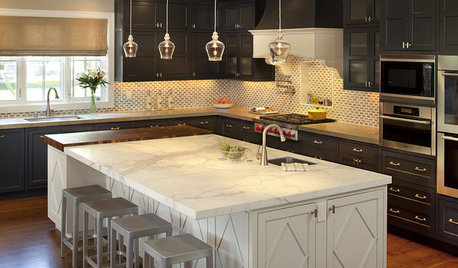
KITCHEN DESIGNBar Stools: What Style, What Finish, What Size?
How to Choose the Right Seating For Your Kitchen Island or Counter
Full Story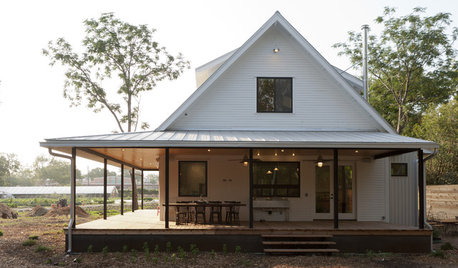
ARCHITECTUREWhat the Heck Is 'Good' Design Anyway?
We yearn for it and strive for it, but good home design isn't always easy to grasp. These 8 prescriptions from an architect can help
Full Story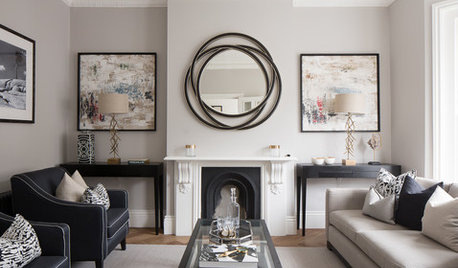
MOST POPULARWhat’s Your Neutral: Beige or Gray?
A designer shares 10 tips for using the neutral shade that works best for you
Full Story
LIFEThe Polite House: What’s an Appropriate Gift to Welcome a New Neighbor?
Etiquette expert Lizzie Post suggests the right time and best presents to introduce a new neighbor to your area
Full Story
COFFEE WITH AN ARCHITECTWhat My Kids Have Taught Me About Working From Home
Candy and Legos aren't the only things certain small people have brought to my architecture business
Full Story
FALL GARDENINGWhat Monarch Butterflies Taught Me About Garden Design
Thinking like a butterfly leads to fresh perspectives in the garden and in life
Full Story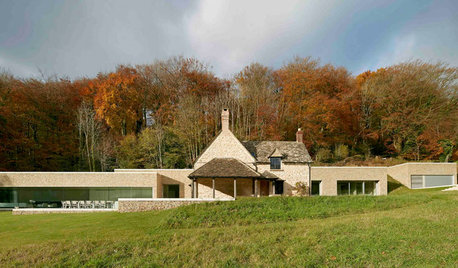
REMODELING GUIDESOld and New Make for a Jolly Good Mix in England
Give an 18th-century country cottage a contemporary addition, and what do you get? A surprisingly cohesive-looking home
Full Story
TREES11 Japanese Maples for Breathtaking Color and Form
With such a wide range to choose from, there’s a beautiful Japanese maple to suit almost any setting
Full Story
GARDENING GUIDES12 Japanese Maples for a Sunny Garden
The right maple in the right place shines in hot summer sun
Full Story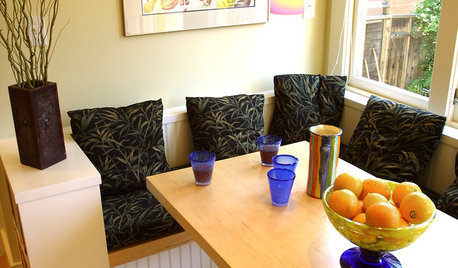
MATERIALSWoodipedia: Maple Is a Marvel Around the House
A heavy hardwood with lots of potential, maple appeals to modern sensibilities and won't break your budget
Full StorySponsored
More Discussions






gardener365
stevest
Related Professionals
Derry Landscape Architects & Landscape Designers · Glen Ellyn Landscape Architects & Landscape Designers · Anderson Landscape Contractors · Aurora Landscape Contractors · Edmond Landscape Contractors · Centereach Landscape Contractors · Golden Gate Landscape Contractors · Hayward Landscape Contractors · Lantana Landscape Contractors · Marlborough Landscape Contractors · South Hackensack Landscape Contractors · Fort Lauderdale Fence Contractors · Oak Creek Fence Contractors · Palo Alto Fence Contractors · Nipomo Fence ContractorsEmbothrium
gnabonnand
cabosan1978
gardener365
Embothrium